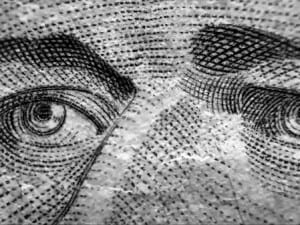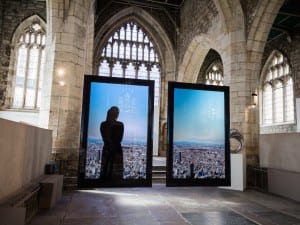Illusions, reflections and tricks of the light have long entranced us. The Victorian parlour trick Pepper’s Ghost is one such example. The technique – often used in the theatre, cinema, amusement parks, museums, television and concerts – is a way to create an image appear out of nowhere. A real or recorded image is reflected in a transparent screen at a 45-degree angle, resulting in a reflected virtual version floating in mid-air. Today, artists continue to play with the possibilities of light and space. From mirrored sculptures to neon bulbs, here are five Aesthetica Art Prize finalists doing exactly that.
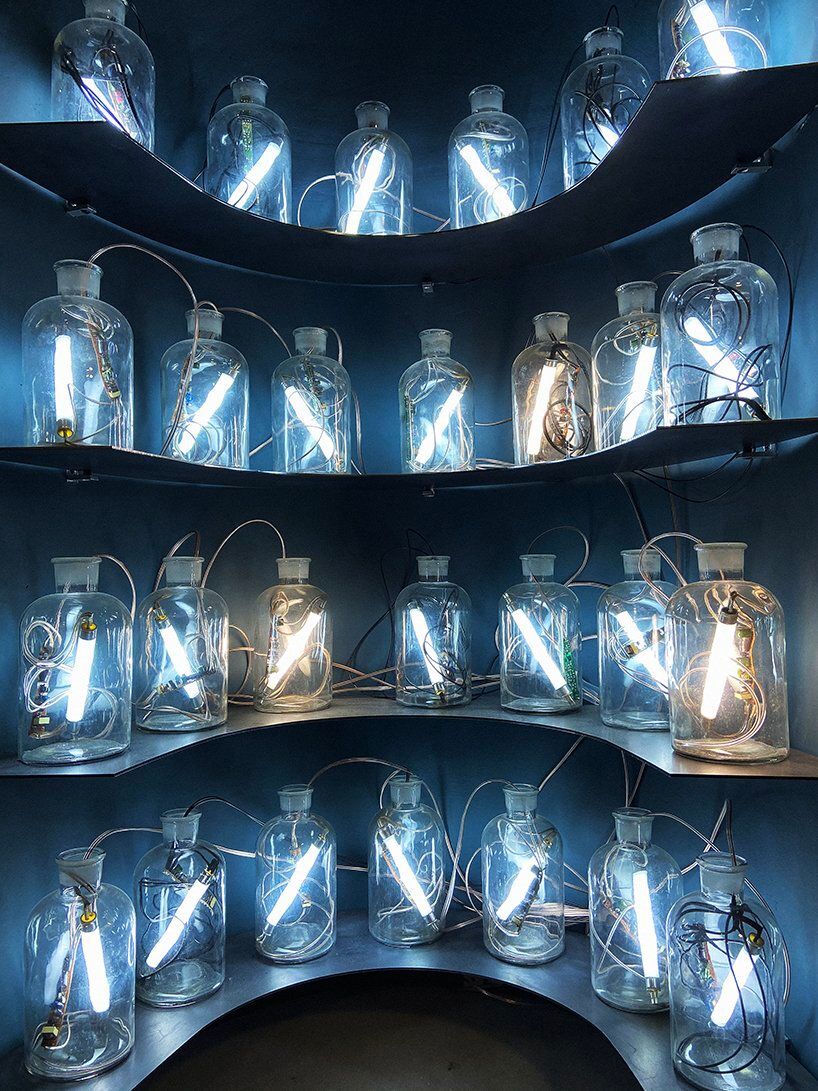
Tunç’s work responds to the idea of the “Wunderkammer”, or Cabinet of Curiosities. These collections of objects arose in mid-sixteenth century Europe, comprising rare and eclectic items, specimens, diagrams and illustrations. In many ways, they acted as precursors to modern museums. This site-specific piece combines specimen bell jars and fluorescents of different sizes, exploring ideas of collecting, storing and preserving. Tunç often works with everyday materials and analogue objects – creating structures which contain “remnants and memories from industrial spaces and crowded cities.”
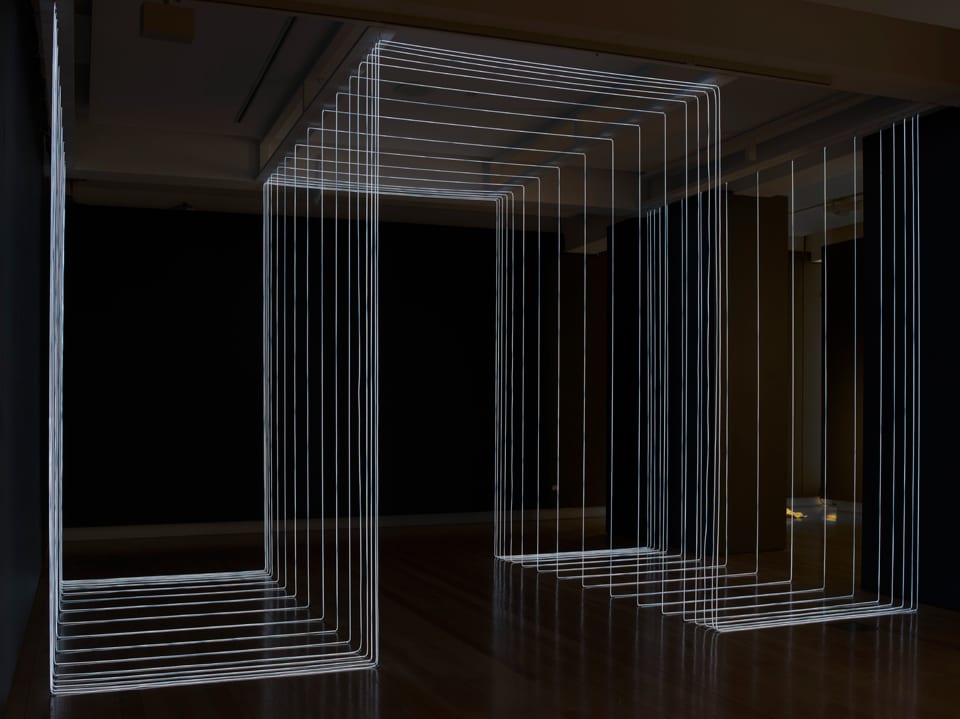
The Light and Space movement originated in Southern California in the 1960s. Its leading proponents include James Turrell, Helen Pashgian, Larry Bell, Robert Irwin and Mary Corse: artists experimenting with how geometric space and radiant light could impact human perception. Streader is inspired by these artists, creating works that manipulate, reinterpret and extend the boundaries of constructed spaces. Response IV (Partition) is a site-specific intervention. Rectangular waveforms glow in the darkness, offering new perspectives on a pre-existing architectural structure.
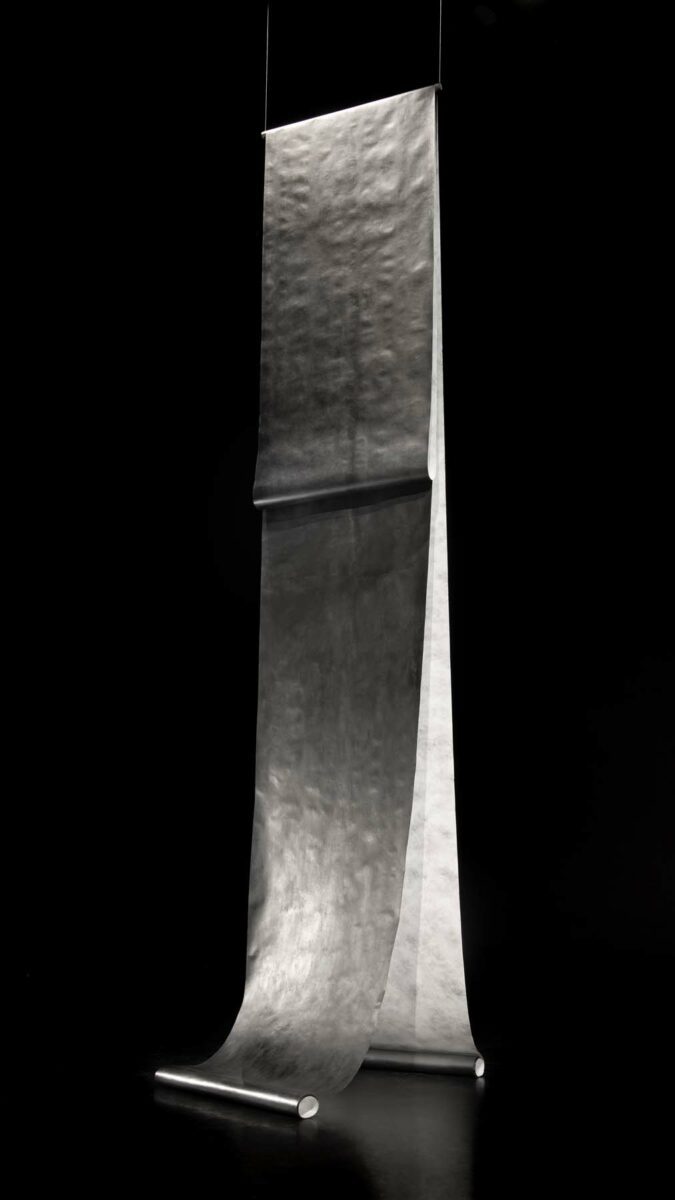
Leis’s work is informed by journeys. Like Streader, the artist responds to the legacies of light, colour, minimalism and expression – inviting the viewer to look deeply and observe subtleties in material and medium. The pieces, which demonstrate a sophisticated use of light and shadow, depict abstracted visions of trees and other structures found in nature. Shown here is The Silent Road, in which a scroll cascades from above, coated in graphite acrylic. Set against a stark black backdrop, it commands our attention.
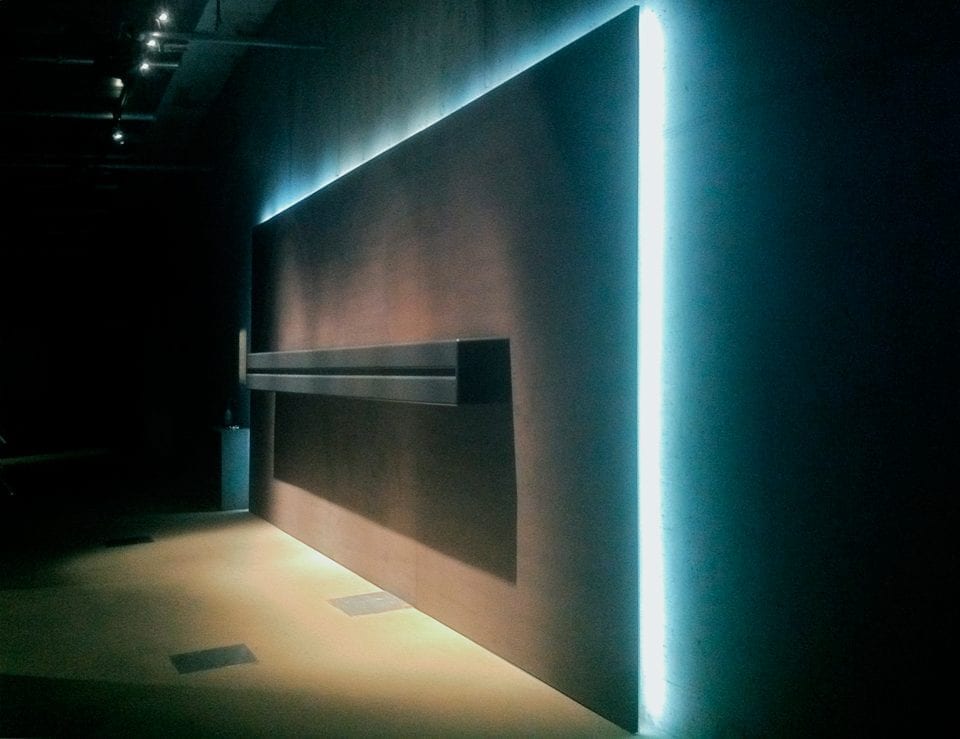
Hochgatterer is a sound artist. The installation Time To X uses a 96-channel speaker to reveal the complex relationships between time, space and sound. A short audio file is sliced into short fragments and played back simultaneously, so that every acoustic element of the sound is continuously audible. “The idea behind Time To X is based on Einstein’s space-time model of a four dimensional ‘hyperspace’,” Hochgatterer told Ableton. “As its hard to imagine or visualise more than the three dimensions that we are used to living in, I thought I should transfer the “time dimension” into a geometrical expanse, the x-axis.”

In Japan, the phenomenon of light passing between leaves is called “Komore-bi.” Shikata’s sculptures and photographs respond to this idea, creating mesmerising patterns through the projection of light and shadow. waft eyes is from the series cradle of light. The work – constructed from stainless steel – uses illumination to express abstract concepts of presence and absence. Circular cut-out mirrored plates are arranged radially. “Through an inner void, light rises, creating a beautiful shadow,” the artist explains.



